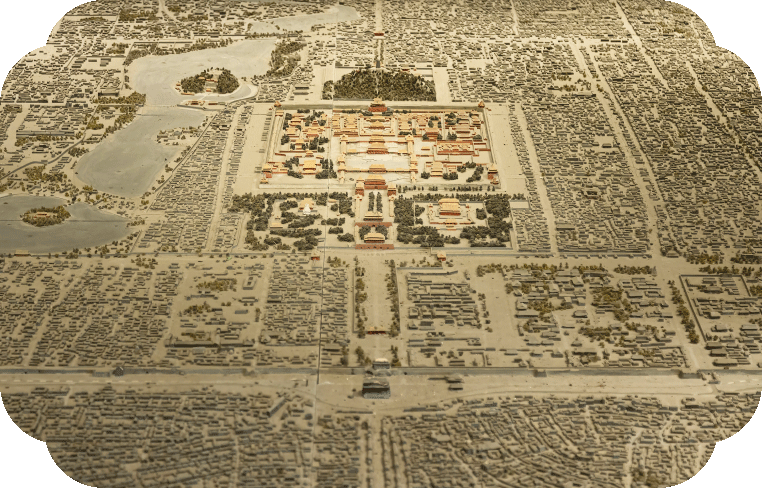Overview



Beijing Central Axis, running north-south through the heart of the old city of Beijing and governing the overall layout of the capital, is an ensemble of building complexes and archeological sites, comprising 15components. It contains imperial palaces and gardens, imperial sacrificial buildings, ancient city management facilities, national ceremonial and public buildings, and central axis roads remains. Initially constructed in the 13th century and shaped in the 16th century, Beijing Central Axis was continuously refined over seven centuries, giving rise to a well-organized and imposing building ensemble that manifests the ideal order of the Chinese capital deep rooted in the Chinese capital planning tradition for over two millennia.






/1
The grand scale of Beijing Central Axis, its balanced and symmetrical layout and well-organized cityscape make it an out-standing example to represent the mature stage of the urban central axis of Chinese capitals and the most complete example of its kind still extant in China.
/2
Beijing Central Axis has continued to dominate the city's development and stands as an exceptional testimony to the practice of the traditional Chinese concept of "choosing the center" in the construction of the capital city and embodies the philosophy of "neutrality and harmony" prized in the Chinese tradition.
/3
Its urban layout fully reflects the paradigm of the ideal capital city as prescribed in the Kaogongji (Book of Diverse Crafts, written in the pre-Qin period, before 221BCE) which sets out "court in the front, market in the back," as well as "an ancestral temple on the left, an altar of land and grain on the right". The architecture and landscape firmly place the emphasis on rituals and order in the planning of the traditional Chinese capital city, and the diversified spatial framework provides a strong material testimony to state ritual traditions and traditional city management.
/4
Beijing Central Axis is also significant with its direct association with a number of historic events of worldwide impact and stands as a vivid illustration of the transformation of the Chinese society from a dynastic system to a modern state.